A 10-year-long dispute between the federal government and The Osage Nation in conjunction with its Mineral Council regarding installing wind turbines in the area continues.
The US Court of International Trade Judge Jennifer Choe-Groves has issued a ruling mandating that a wind farm be dismantled in Osage County which was deemed a considerable victory for The Osage Nation.
Permanent Injunctive Relief
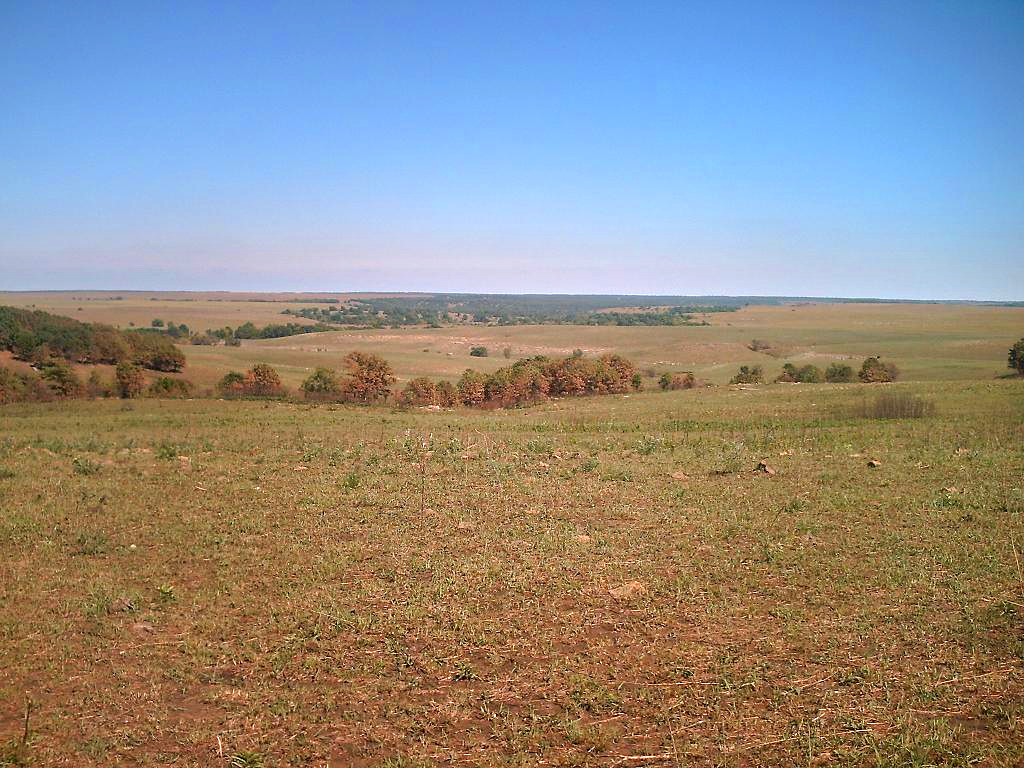
The ruling offered permanent injunctive relief for the United States and the Osage Nation through their Minerals Council to order the removal of the wind turbines as a matter of ongoing trespassing.
Through the Osage Nation, the Minerals Council is responsible for the Osage Minerals Estate which covers about 1.47 million acres of land.
Classification as Mining

A 2017 appellate court decision ruled that the building of wind farms was deemed to fall under the umbrella of mining activity.
On top of this decision, the defendants were required to have a lease from the Osage Nationa’s Minerals Council which it did not present.
Choe-Groves Comments on the Ongoing Battle
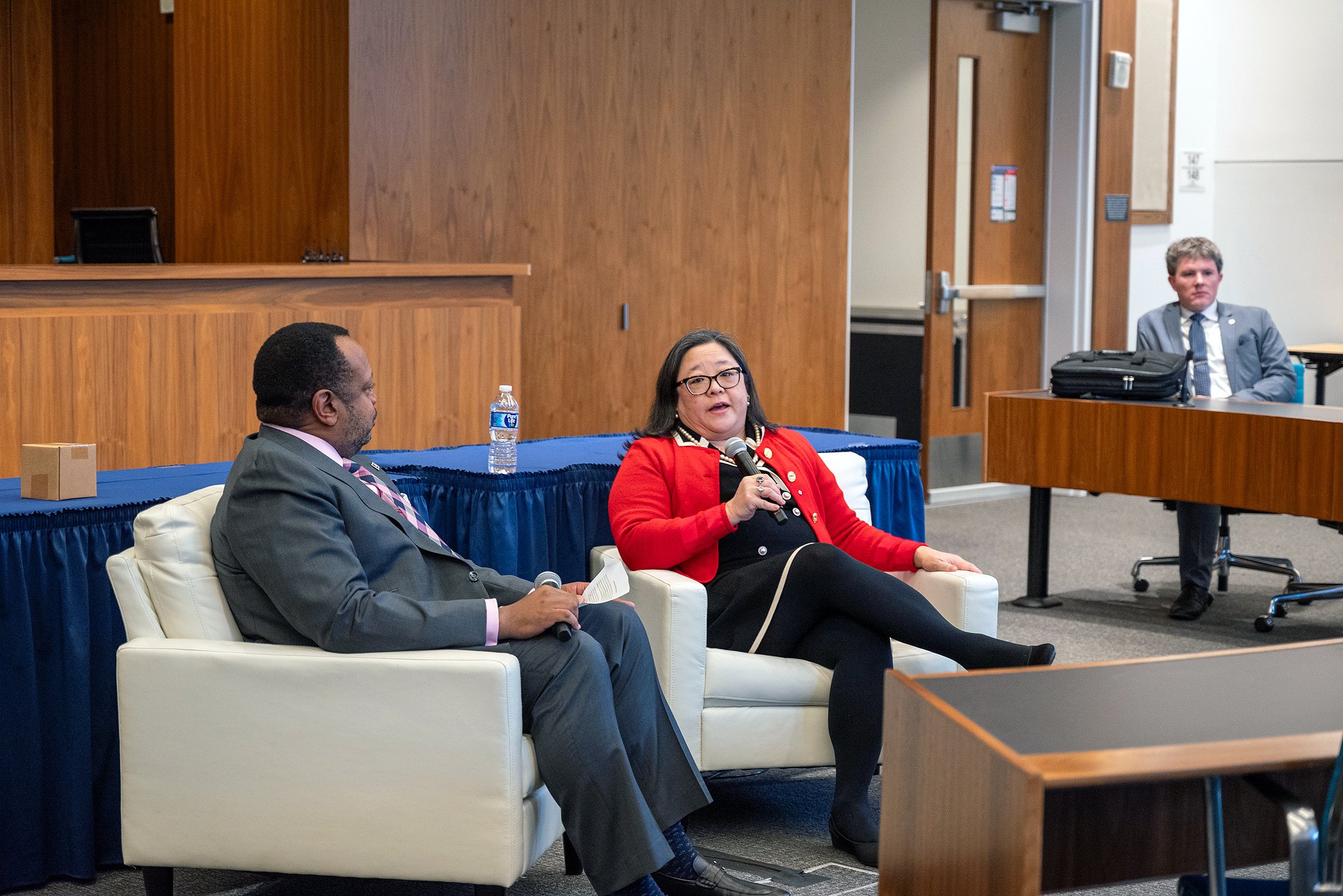
Judge Choe-Groves provided commentary on how the defendants have been reacting to the rulings: “On the record before the Court, it is clear the Defendants are actively avoiding the leasing requirement.”
It was implied that this kind of ignorance could set a dangerous precedent she went on to add: “Permitting such behavior would create the prospect for future interference with the Osage Mineral Council’s authority by Defendants.”
Court Decision
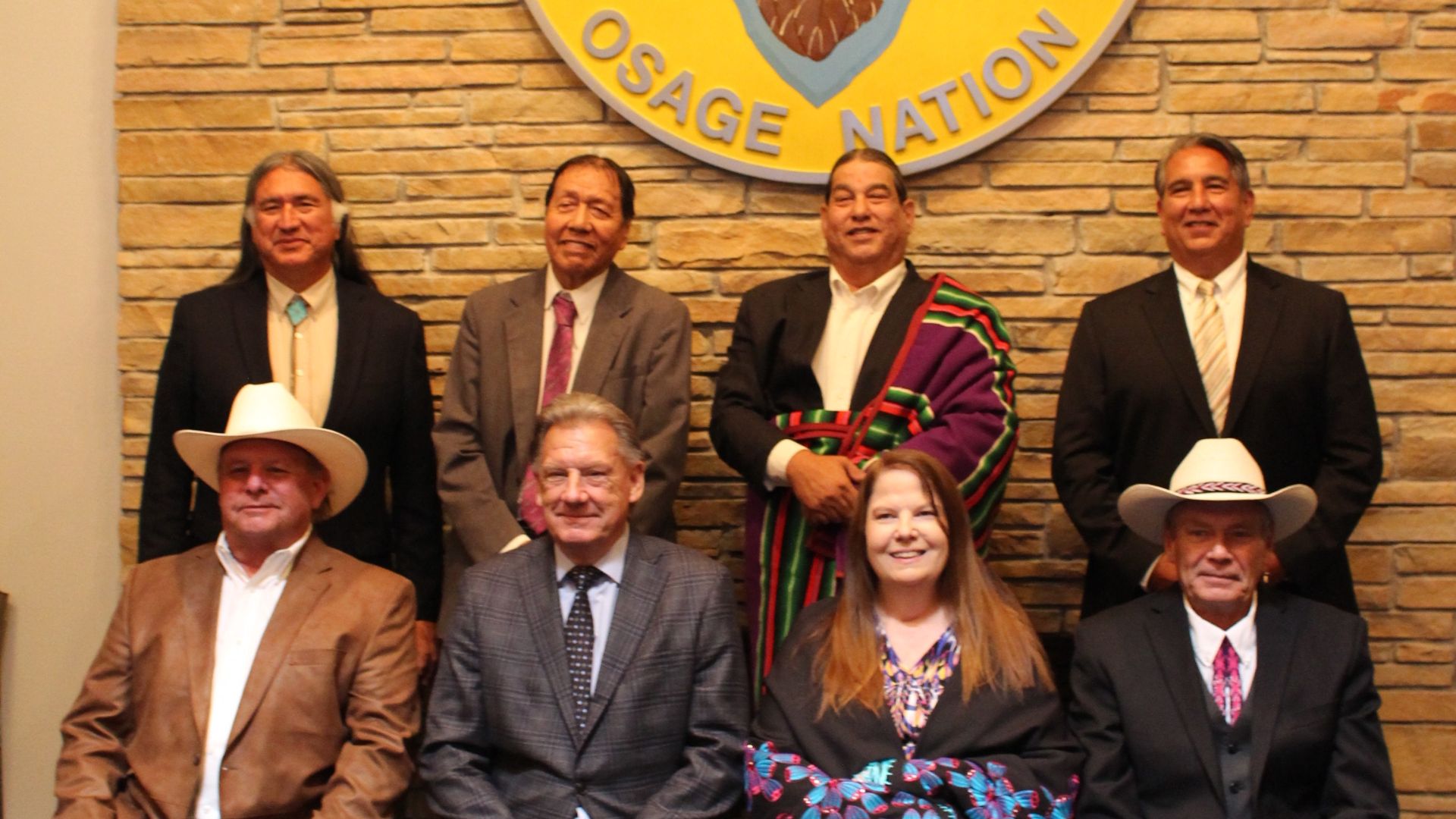
Given the defendant’s continued and past refusal to acquire a lease, the Court ruled that the interference with the sovereignty of the Osage Nation was enough to be classified as irreparable injury.
Chairman of the Osage Minerals Council Everett Waller expressed his satisfaction with the outcome of the ruling although he also felt “shocked” by the decision.
Lengthy Court Battle
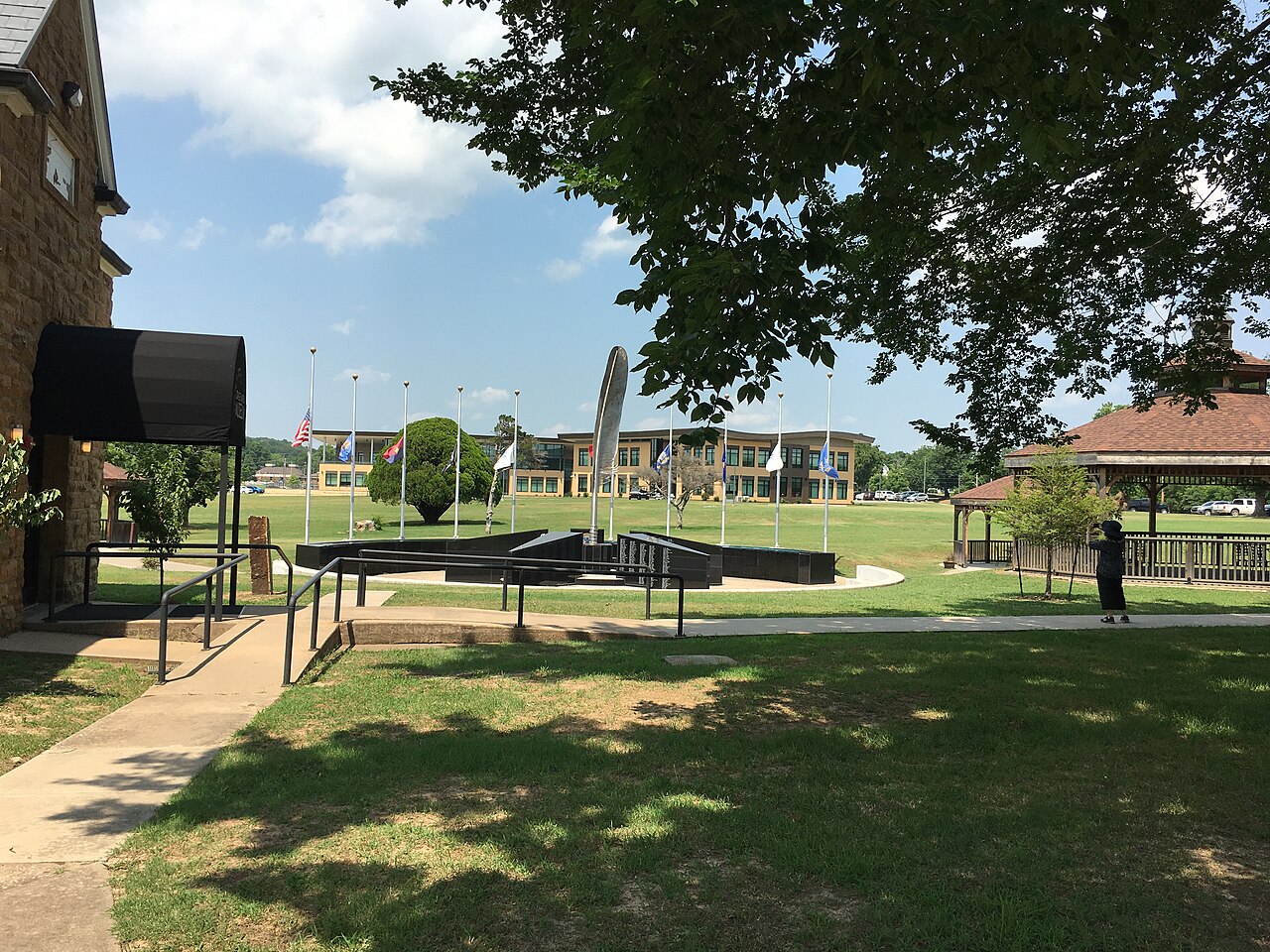
Waller expressed his feelings about the state of affairs for the Native American community following the ruling: “I hope no other tribe has to do what we had to do.”
Waller went on to celebrate the decision as a landmark ruling: “This is a win not only for the Osage Minerals Council; this is a win for Indian Country.”
Supreme Court Involvement
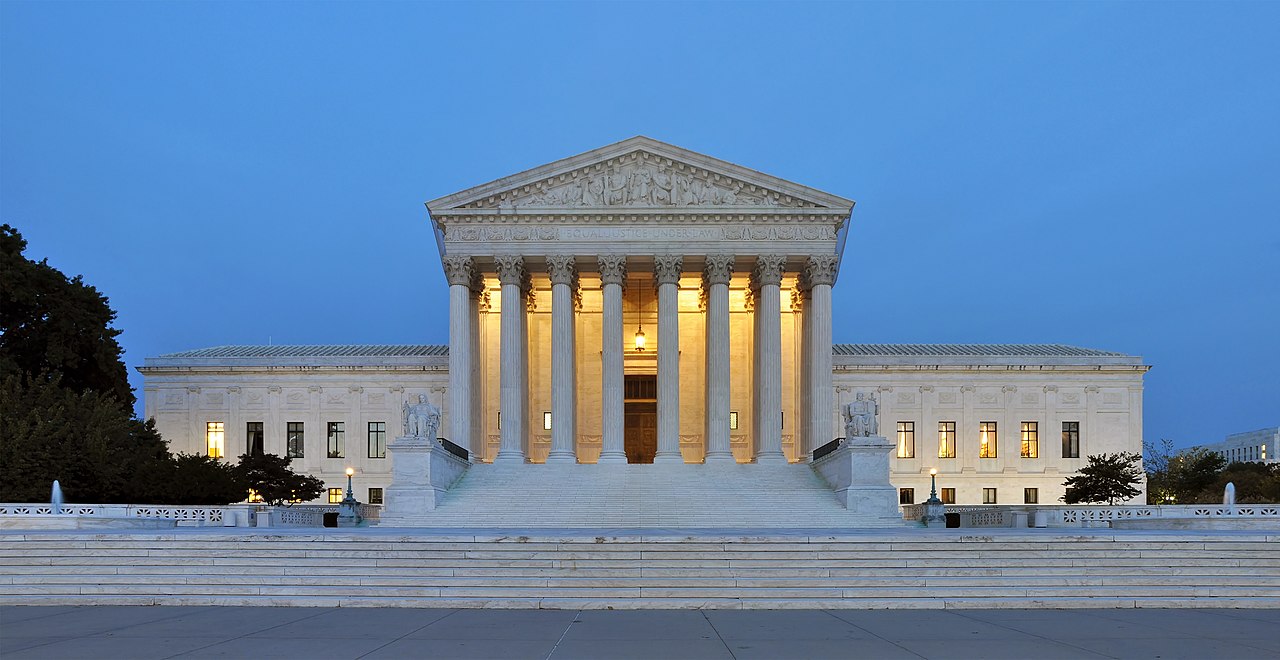
As this legal battle lasted for over 10 years, the proceedings eventually made their way to the US Supreme Court.
Dating back to October 2011, a federal lawsuit was filed by the Osage Nation to halt the building of a wind farm as it was preventing them from developing the mineral estate.
Case Dismissal
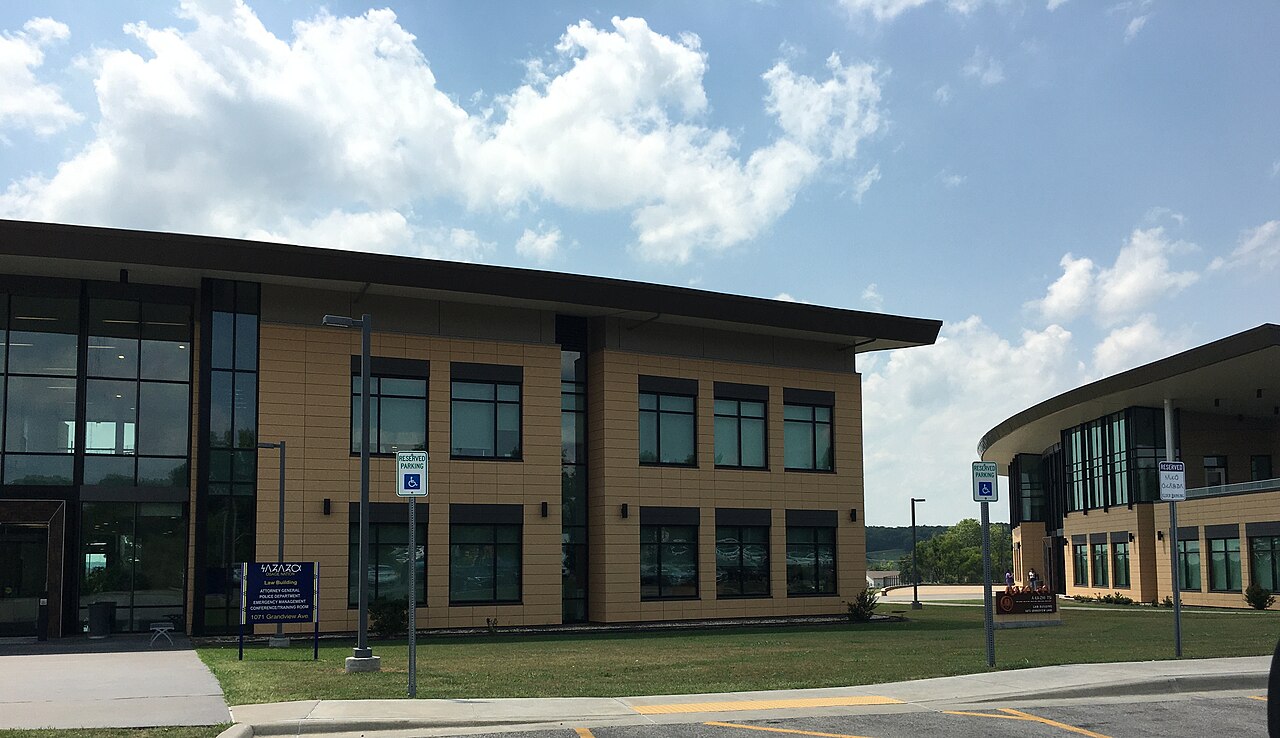
The claim and case were dismissed but the defendants then started leasing surface rights just two years later for the project.
The wind farm was situated across 8,400 acres of leased surface rights with 84 turbines in Osage County which includes access roads, meteorological towers, overhead and underground lines.
Construction and Excavation
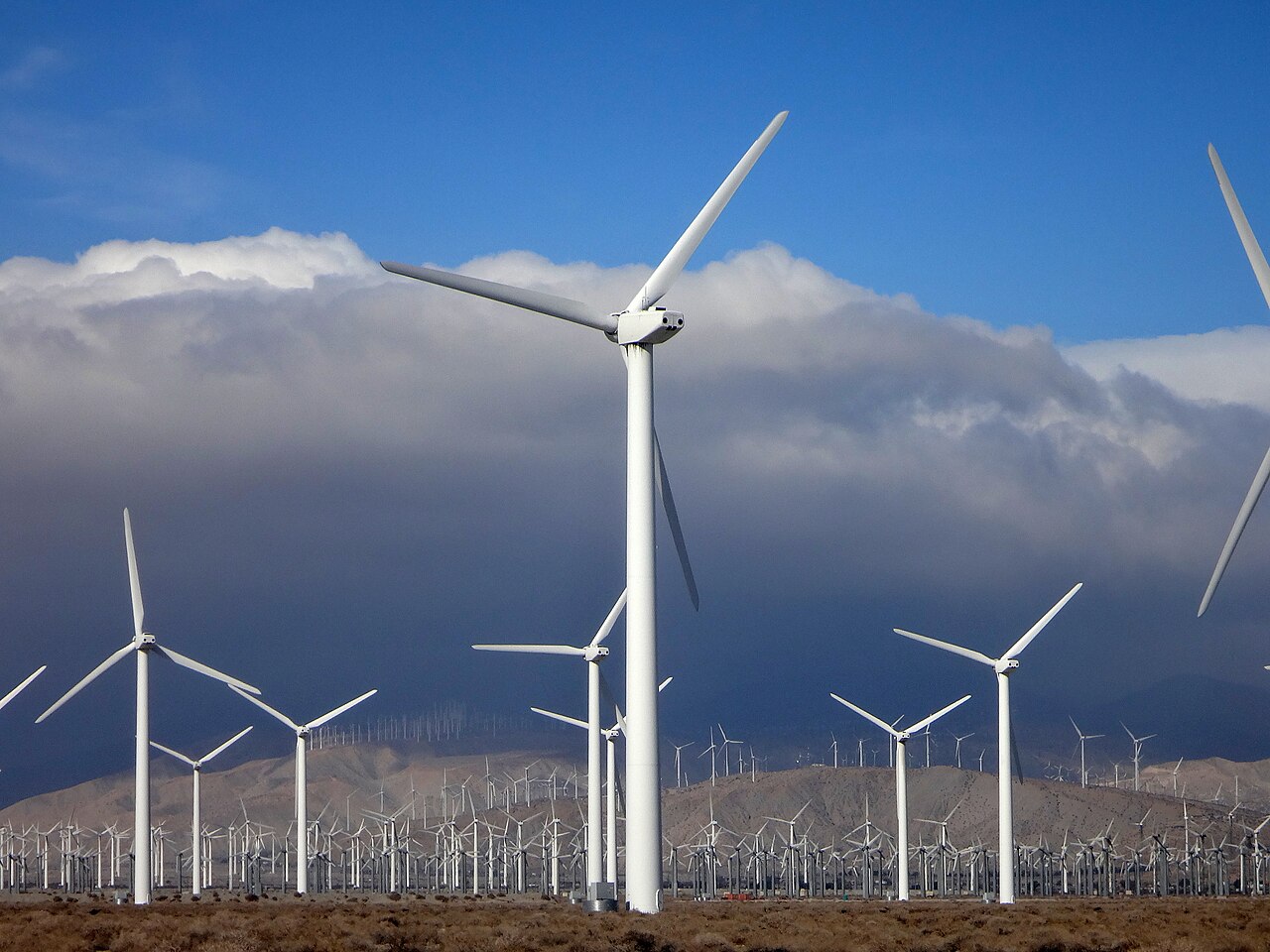
In October 2013, the wind turbines first began construction while the tower did not begin being excavated until September 2014.
Then in November 2014, a lawsuit was filed by the federal government which pointed out that the defendants were unlawfully mining and excavating on the Osage Mineral Estate.
Requiring a Permit
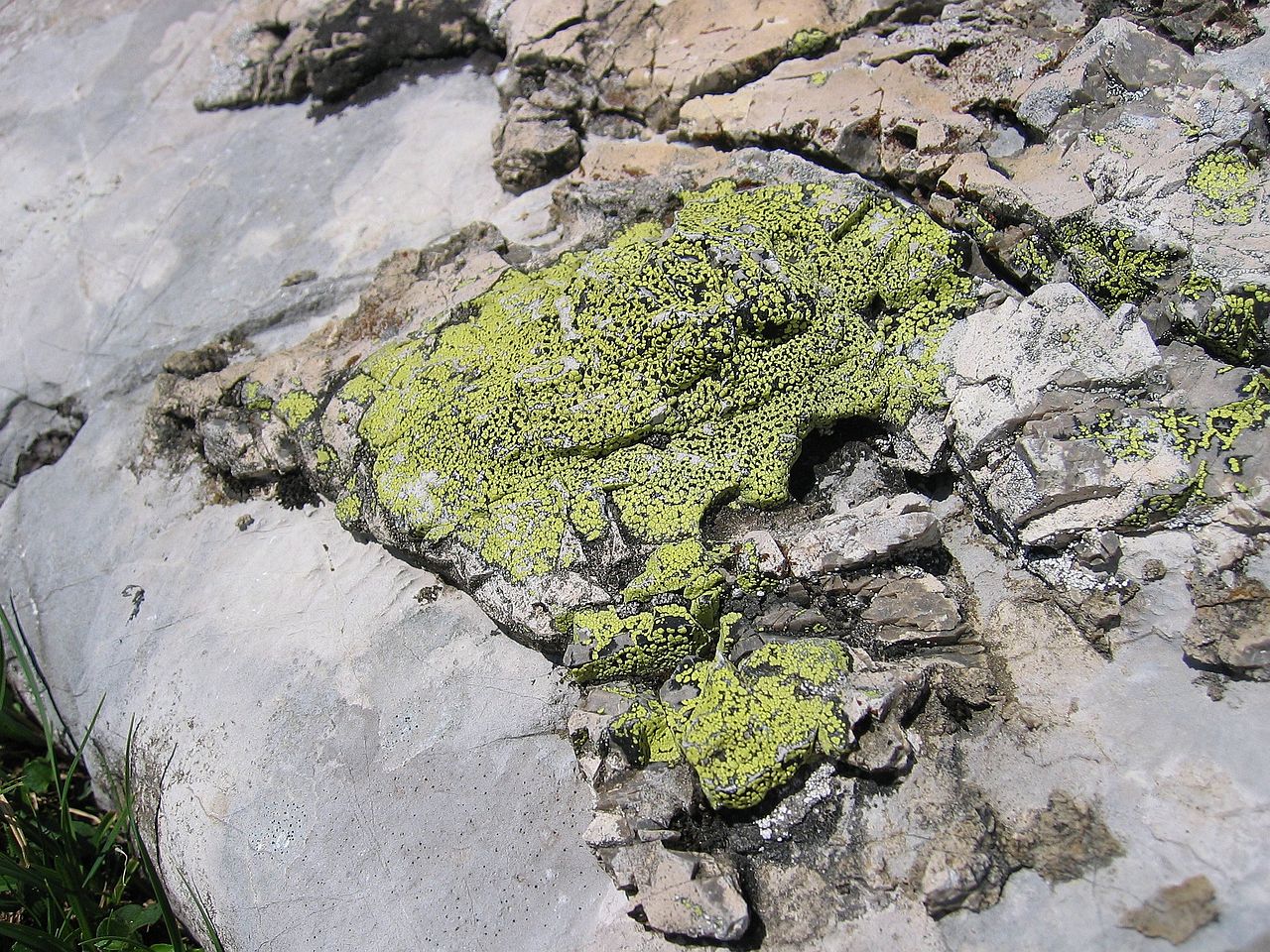
The mineral rights for the Osage Nation fall under the remit of the US Department of the Interior which necessitates a permit from the tribe’s Minerals Council before any mining operations can take place.
The project was supported in 2015 by a federal district judge but this was overturned in 2017 by the 10th US Circuit Court of Appeals in Denver
Choe-Groves Issues Permanent Injunction
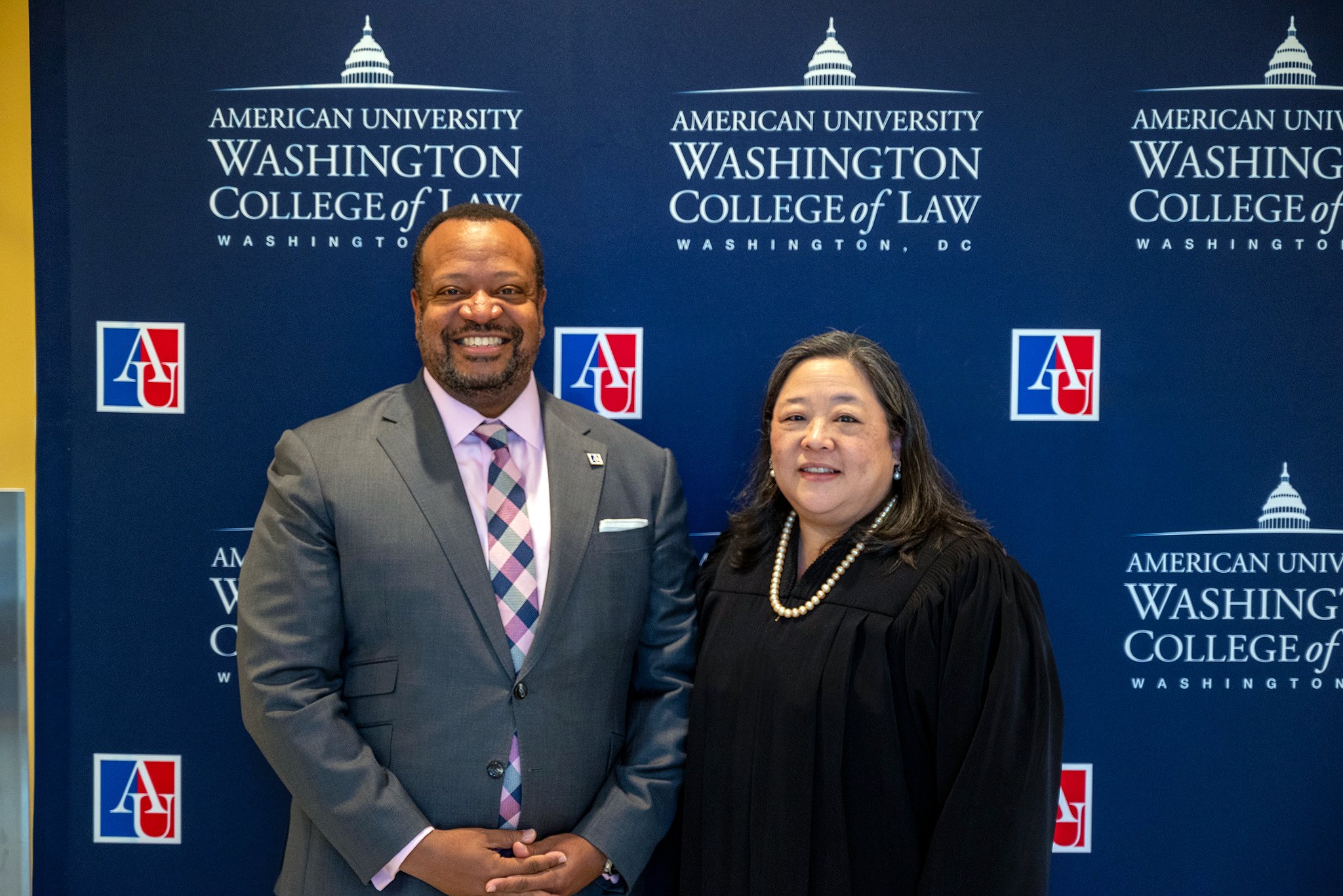
Choe-Groves says she took a range of factors into account when she decided to issue a permanent injunction in this case.
In her ruling, she stated that she could not find a strong enough reason to go against the public’s interest in the matter.
Enel Energy’s Objections

The defendant, Enel Energy, informed the court that the cost of removing the wind farm and restoring the land would be approximately $258 million and take at least 18 months.
In the US government’s filing, they stated that Enel should not be profiting from continued operation and should be made to post bond because of delays.
